VW T-Roc vs Dacia Bigster – Which model is better for everyday use?
Two cars, one duel: VW T-Roc meets Dacia Bigster.
Which one wins in performance, efficiency and value for money? Find out now!
Costs and Efficiency:
Looking at overall running costs, both models reveal some interesting differences in everyday economy.
Dacia Bigster has a clearly perceptible advantage in terms of price – it starts at 20600 £, while the VW T-Roc costs 26400 £. That’s a price difference of around 5876 £.
Fuel consumption also shows a difference: Dacia Bigster manages with 4.70 L and is therefore a bit more efficient than the VW T-Roc with 5.50 L. The difference is about 0.80 L per 100 km.
Engine and Performance:
Power, torque and acceleration say a lot about how a car feels on the road. This is where you see which model delivers more driving dynamics.
When it comes to engine power, the Dacia Bigster has a barely noticeable edge – offering 155 HP compared to 150 HP. That’s roughly 5 HP more horsepower.
In acceleration from 0 to 100 km/h, the VW T-Roc is slight quicker – completing the sprint in 8.90 s, while the Dacia Bigster takes 9.70 s. That’s about 0.80 s faster.
In terms of top speed, the VW T-Roc performs to a small extent better – reaching 212 km/h, while the Dacia Bigster tops out at 180 km/h. The difference is around 32 km/h.
There’s also a difference in torque: VW T-Roc pulls barely noticeable stronger with 250 Nm compared to 230 Nm. That’s about 20 Nm difference.
Space and Everyday Use:
Whether family car or daily driver – which one offers more room, flexibility and comfort?
Both vehicles offer seating for 5 people.
In curb weight, Dacia Bigster is slight lighter – 1425 kg compared to 1465 kg. The difference is around 40 kg.
In terms of boot space, the Dacia Bigster offers distinct more room – 667 L compared to 475 L. That’s a difference of about 192 L.
In maximum load capacity, the Dacia Bigster performs evident better – up to 1937 L, which is about 587 L more than the VW T-Roc.
When it comes to payload, VW T-Roc hardly perceptible takes the win – 515 kg compared to 467 kg. That’s a difference of about 48 kg.
Who comes out on top?
Overall, the Dacia Bigster shows itself to be leaves the rival little chance and secures the title of DriveDuel Champion.
It convinces with the more balanced overall package and proves to be the more versatile choice for everyday use.
 @ Dacia / Renault Group Media
@ Dacia / Renault Group Media
Dacia Bigster
VW T-Roc
The VW T-Roc mixes cheeky, coupe-like styling with the everyday sense and space of an SUV, so it looks fun without sacrificing family sense. It’s a likeable all-rounder with tidy road manners and plenty of personality, ideal if you want a car that’s practical enough for chores but entertaining enough to enjoy.
details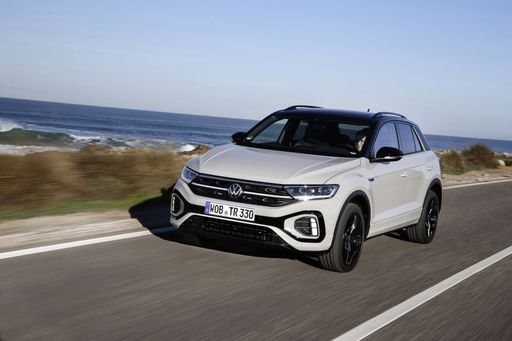 @ Volkswagen AG / VW Media
@ Volkswagen AG / VW Media
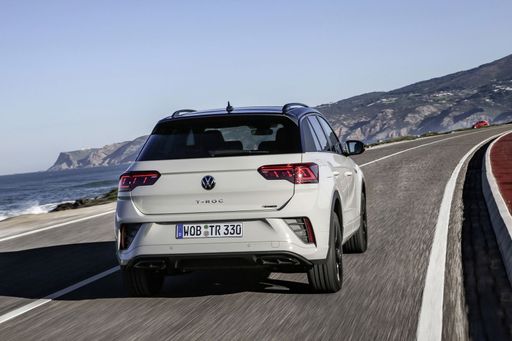 @ Volkswagen AG / VW Media
@ Volkswagen AG / VW Media
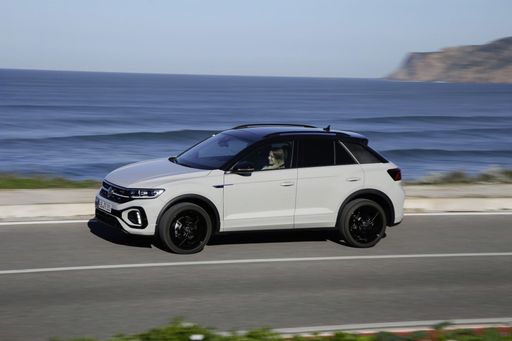 @ Volkswagen AG / VW Media
@ Volkswagen AG / VW Media
 @ Volkswagen AG / VW Media
@ Volkswagen AG / VW Media
Dacia Bigster
The Bigster is poised to redefine the SUV segment with its bold design and spacious interior, catering to the needs of both families and adventure seekers alike. Emphasizing sustainability and practicality, this model reflects a modern approach to automotive engineering, making it a compelling choice for environmentally conscious drivers. With its striking presence on the road, the Bigster not only captures attention but also embodies a new era of versatile mobility.
details @ Dacia / Renault Group Media
@ Dacia / Renault Group Media
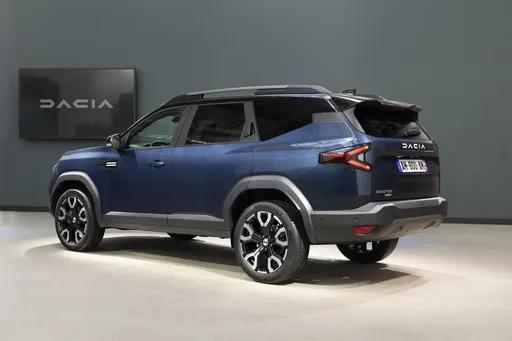 @ Dacia / Renault Group Media
@ Dacia / Renault Group Media
 @ Dacia / Renault Group Media
@ Dacia / Renault Group Media
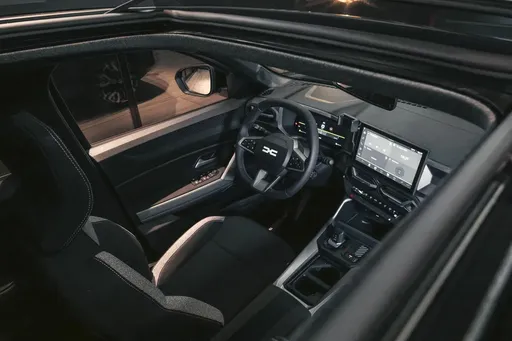 @ Dacia / Renault Group Media
@ Dacia / Renault Group Media
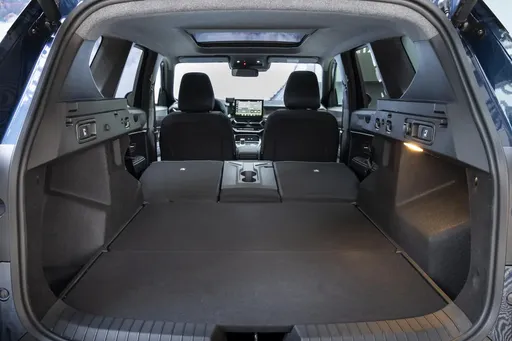 @ Dacia / Renault Group Media
@ Dacia / Renault Group Media
 @ Volkswagen AG / VW Media
@ Volkswagen AG / VW Media
|
 @ Dacia / Renault Group Media
@ Dacia / Renault Group Media
|
|
|
|
Costs and Consumption |
|
|---|---|
|
Price
26400 - 38000 £
|
Price
20600 - 26600 £
|
|
Consumption L/100km
5.5 - 6.3 L
|
Consumption L/100km
4.7 - 7.1 L
|
|
Consumption kWh/100km
-
|
Consumption kWh/100km
-
|
|
Electric Range
-
|
Electric Range
-
|
|
Battery Capacity
-
|
Battery Capacity
-
|
|
co2
126 - 143 g/km
|
co2
106 - 137 g/km
|
|
Fuel tank capacity
50 L
|
Fuel tank capacity
50 - 55 L
|
Dimensions and Body |
|
|---|---|
|
Body Type
SUV
|
Body Type
SUV
|
|
Seats
4 - 5
|
Seats
5
|
|
Doors
2 - 5
|
Doors
5
|
|
Curb weight
1465 - 1539 kg
|
Curb weight
1425 - 1547 kg
|
|
Trunk capacity
284 - 475 L
|
Trunk capacity
510 - 667 L
|
|
Length
4271 - 4373 mm
|
Length
4570 mm
|
|
Width
1811 - 1828 mm
|
Width
1813 mm
|
|
Height
1527 - 1573 mm
|
Height
1705 mm
|
|
Max trunk capacity
1350 L
|
Max trunk capacity
1813 - 1937 L
|
|
Payload
368 - 515 kg
|
Payload
383 - 467 kg
|
Engine and Performance |
|
|---|---|
|
Engine Type
Petrol, Petrol MHEV
|
Engine Type
Petrol MHEV, Full Hybrid, LPG
|
|
Transmission
Manuel, Automatic
|
Transmission
Manuel, Automatic
|
|
Transmission Detail
Manual Gearbox, Dual-Clutch Automatic
|
Transmission Detail
Manual Gearbox, Automated Manual
|
|
Drive Type
Front-Wheel Drive
|
Drive Type
All-Wheel Drive, Front-Wheel Drive
|
|
Power HP
115 - 150 HP
|
Power HP
130 - 155 HP
|
|
Acceleration 0-100km/h
8.9 - 12.3 s
|
Acceleration 0-100km/h
9.7 - 11.2 s
|
|
Max Speed
187 - 212 km/h
|
Max Speed
180 km/h
|
|
Torque
200 - 250 Nm
|
Torque
230 Nm
|
|
Number of Cylinders
3 - 4
|
Number of Cylinders
3 - 4
|
|
Power kW
85 - 110 kW
|
Power kW
96 - 115 kW
|
|
Engine capacity
999 - 1498 cm3
|
Engine capacity
1199 - 1799 cm3
|
General |
|
|---|---|
|
Model Year
2024 - 2025
|
Model Year
2025
|
|
CO2 Efficiency Class
E, D
|
CO2 Efficiency Class
E, D, C
|
|
Brand
VW
|
Brand
Dacia
|
Is the VW T-Roc offered with different drivetrains?
Available configurations include Front-Wheel Drive.
The prices and data displayed are estimates based on German list prices and may vary by country. This information is not legally binding.
